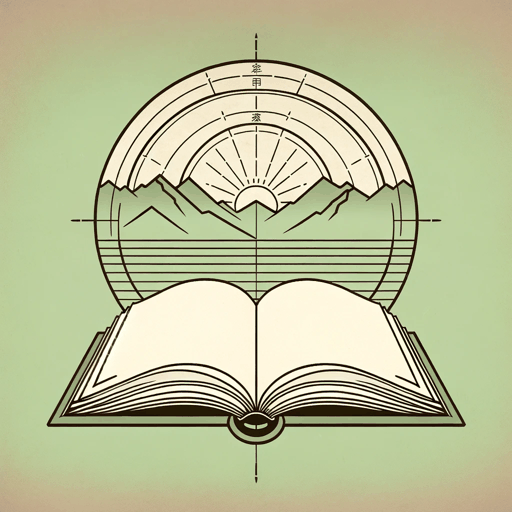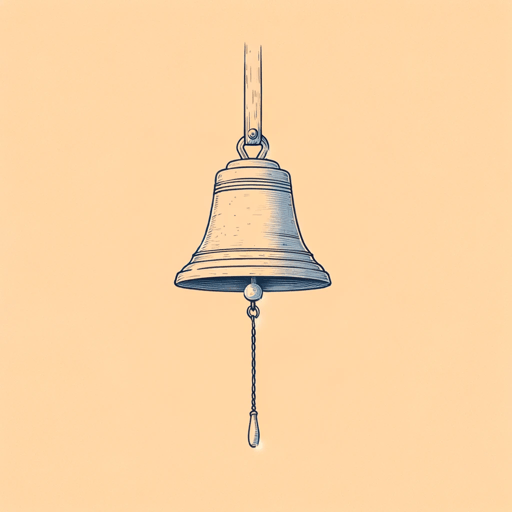48 pages • 1 hour read
James HiltonLost Horizon
Fiction | Novel | Adult | Published in 1933A modern alternative to SparkNotes and CliffsNotes, SuperSummary offers high-quality Study Guides with detailed chapter summaries and analysis of major themes, characters, and more.
Summary and Study Guide
Overview
Lost Horizon by James Hilton is a utopian novel that introduces the fictional setting of Shangri-La, which would feature in several later utopian works of fiction by other writers. Originally published in 1933, the book was adapted for the screen in 1937 and 1973, as well as for television in 1997. The novel won the Hawthornden Prize, a cash prize awarded for imaginative fiction, and it became an international bestseller under Pocket Books, sometimes credited with increasing the popularity of paperback works. Hilton drew from his own criticism of the English imperial mindset, highlighting the racism and classism of British imperialism. His inspiration for the Tibetan setting of the novel came from articles and travel works he read on the area. The novel is a utopian travel novel and participates in many conventions of the travel novel genre, including the framing device of a “found” report and the arduous journey to a mystical land.
The novel gave rise to the conventional use of Shangri-La as a common name for any utopia. Famously, President Franklin Roosevelt called the Maryland presidential retreat Shangri-La, though it was later renamed Camp David by President Dwight Eisenhower. After the success of Hilton’s 1934 novel Goodbye, Mr. Chipps, Lost Horizon entered the public view and became a bestseller. The novel explores themes of Utopia as Refuge, The East as a Source of Wisdom, and The Tension Between Ambition and Idleness, addressing Conway’s possible shellshock or post-traumatic stress disorder (PTSD) as a way to envision utopia. The novel addresses elements of the American and British mindsets as they relate to war, Asia, and finance, including speculations of large-scale war and the early effects of the Great Depression, all of which enhance the need for an isolated, tranquil paradise.
This guide refers to the 1990 Reader’s Digest edition of the text, which includes the complete 1933 text with illustrations by Robert Andrew Parker and an Afterword by Warren Eyster.
Content Warning: The source text contains derogatory terms for Asian people and displays racist and imperialist attitudes toward non-European cultures. These attitudes are discussed in this guide. This guide also references the source text’s depiction of PTSD.
Plot Summary
The novel opens with the narrator, a neurologist, having dinner with friends from school, Wyland and Rutherford. Sanders, a Royal Air Force pilot, joins the dinner and reports the Baskul incident, a revolution that has just occurred in India, noting that a group of people were kidnapped in a stolen aircraft. One of the kidnapped people is Hugh Conway, a man that the narrator, Wyland, and Rutherford know from school. After dinner, Rutherford and the narrator discuss the incident, with Rutherford revealing that he knows Conway is alive because Rutherford found Conway in China recently. Rutherford reports that Conway told him all about a journey into Tibet, and he hands the narrator a manuscript of Conway’s travels, which comprises the subsequent 11 chapters.
During the revolution at Baskul, Conway’s plane is hijacked. Conway is kidnapped along with a British consul, his vice consul (Charles Mallinson), a missionary (Roberta Brinklow), and an American (Henry Barnard). Mallinson panics, but Conway remains calm, even as the plane lands somewhere in the mountains for refueling. The pilot uses a pistol to keep the passengers away, and they then fly into the Tibetan Plateau, where the pilot lands the plane before dying. The pilot’s last words advise the group to travel forward to Shangri-La, a lamasery in the mountains. Shortly after, the group encounters Chang, a lama initiate, accompanied by Tibetan porters. Chang invites them to travel to Shangri-La with him.
At Shangri-La, Mallinson promptly starts planning a return journey, while Conway is absorbed in the mysterious atmosphere and beauty of Shangri-La and the mountain it overlooks, Karakal. Chang is unwilling to answer many of the group’s questions, but he provides hospitality and comfort to everyone. Chang promotes the lamasery’s view on moderation, which he says is also the method by which Shangri-La governs the society in the valley below Karakal. While lounging, the group meets Lo-Tsen, another lama initiate. She plays the piano and harp but does not speak to them.
After some time, Chang brings Conway to meet the High Lama, who tells Conway the history of Shangri-La. In the early 1700s, a Jesuit missionary named Perrault came to the Karakal valley by accident and revived the lamasery, which was then in ruins. After living in Shangri-La for almost a century, he realized that the valley’s environment grants extended longevity. Another European, Henschell, arrived in the early 1800s and joined Perrault as a friend, during which time they devised a procedure to accept travelers with hospitality, but with the proviso that visitors could never leave the valley. Henschell was killed by an Englishman who was upset by this proviso, and the High Lama shows Conway a picture of Henschell before his death, in which Henschell is still a young man despite being very old. The High Lama then identifies himself as Perrault, still alive after over 200 years.
Conway is shocked by the High Lama’s story, and the High Lama promises Conway and his companions that they will also enjoy the longevity of the valley, but he forbids them from leaving. Those that leave also age rapidly, often dying of old age after just a short time out of the valley. Conway does not tell his group about the proviso, joining Chang in deflecting any questions regarding a trip back to India. The group investigates the valley, in which they find a happy society. Brinklow suggests opening a mission and begins learning Tibetan. Barnard reveals that he is actually Chalmers Bryant, a criminal wanted for financial crimes in the United States. This revelation upsets Mallinson. Conway continues to meet with the High Lama, enjoying pleasant conversation and discussing the future, in which the High Lama predicts a massive war. The High Lama tells Conway that the purpose of Shangri-La is to protect collections of art and music from that war so that the protected cultures can be spread again afterward. Conway also meets other lamas and initiates, such as Briac, a student of Chopin, and Meister, a German man.
After a couple of months, Barnard and Brinklow decide to stay in Shangri-La on their own, with Brinklow wanting to start a mission and Barnard wanting to start a gold-mining company. Mallinson, though, is in love with Lo-Tsen, and he insists on leaving the valley and bringing Lo-Tsen with him. Conway is also falling in love with Lo-Tsen but believes that, as a lama initiate, she cannot fall in love, so he cautions Mallinson without telling him the truth of Shangri-La. During a meeting with Conway, the High Lama decides to choose Conway as his successor as High Lama. He then dies. Mallinson grabs Conway and tells him they are leaving the valley that night with Lo-Tsen, having already hired porters to accompany them down the mountain. Conway does not believe Mallinson, who leaves and returns with a report of failing to cross the mountain pass. However, when Mallinson tells Conway that he had sex with Lo-Tsen, Conway’s view of Shangri-La as a paradise cracks, and the two decide to leave the valley.
In the Epilogue, the narrator finds Rutherford in Delhi, where they discuss Conway’s story. Rutherford reports that he could not find any evidence of Shangri-La, Perrault, Briac, or Henschell, nor could he find any way to get to the Karakal valley. However, when Rutherford investigates the hospital in which he found Conway, he finds out that a woman left Conway at the hospital, presumably Lo-Tsen, and the admitting doctor claims that Lo-Tsen was incredibly old, indicating the veracity of the High Lama’s story to Conway.


